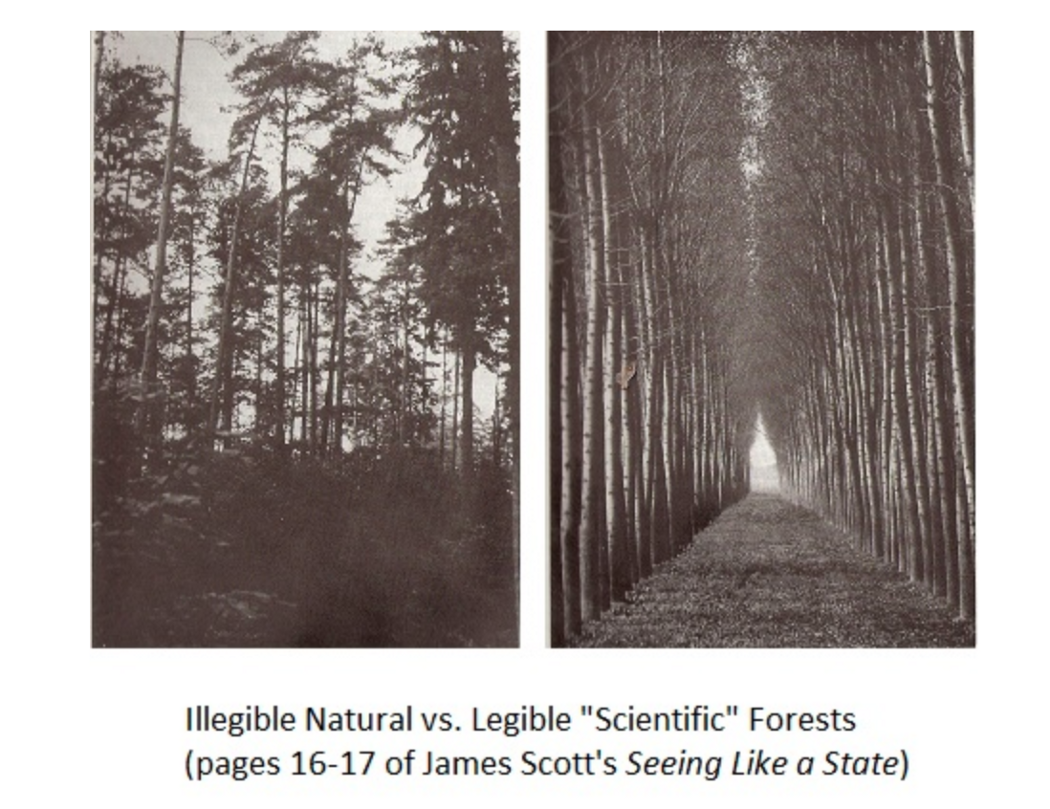Article by Jon Roozenbeek, Melisa Basol, and Sander van der Linden: “From setting mobile phone towers on fire to refusing critical vaccinations, we know the proliferation of misinformation online can have massive, real-world consequences.
For those who want to avert those consequences, it makes sense to try and correct misinformation. But as we now know, misinformation—both intentional and unintentional—is difficult to fight once it’s out in the digital wild. The pace at which unverified (and often false) information travels makes any attempt to catch up to, retrieve, and correct it an ambitious endeavour. We also know that viral information tends to stick, that repeated misinformation is more likely to be judged as true, and that people often continue to believe falsehoods even after they have been debunked.
Instead of fighting misinformation after it’s already spread, some researchers have shifted their strategy: they’re trying to prevent it from going viral in the first place, an approach known as “prebunking.” Prebunking attempts to explain how people can resist persuasion by misinformation. Grounded in inoculation theory, the approach uses the analogy of biological immunization. Just as weakened exposure to a pathogen triggers antibody production, inoculation theory posits that pre-emptively exposing people to a weakened persuasive argument builds people’s resistance against future manipulation.
But while inoculation is a promising approach, it has its limitations. Traditional inoculation messages are issue-specific, and have often remained confined to the particular context that you want to inoculate people against. For example, an inoculation message might forewarn people that false information is circulating encouraging people to drink bleach as a cure for the coronavirus. Although that may help stop bleach drinking, this messaging doesn’t pre-empt misinformation about other fake cures. As a result, prebunking approaches haven’t easily adapted to the changing misinformation landscape, making them difficult to scale.
However, our research suggests that there may be another way to inoculate people that preserves the benefits of prebunking: it may be possible to build resistance against misinformation in general, rather than fighting it one piece at a time….(More)”.

